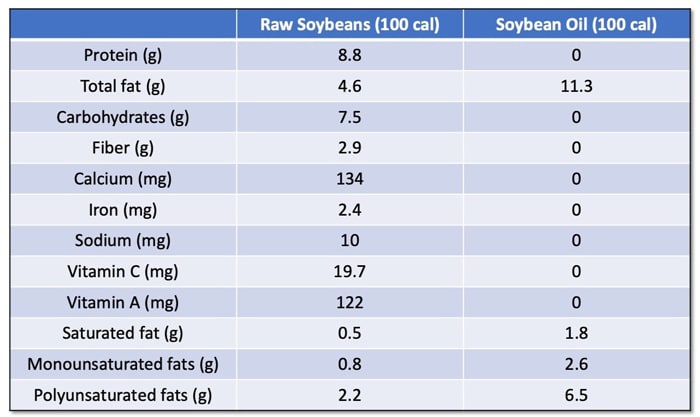

This article was posted originally at www.MyPlantBasedProgram.com, where Dr. Thomas Campbell offers medical consultations and an intensive group program.
For the most part, it is easy to understand what an animal-based food is and what a plant-based food is. Many people, however, are confused about what constitutes a “processed” food.
In the strictest sense, food processing is any treatment of fresh foods to create other food products, including adding ingredients such as preservatives to prolong shelf life. Heating, fermenting, freezing, most packaging – all are various forms of processing. For example, frozen vegetables with no other ingredients are technically processed. 100% whole grain flours are processed, and Sauerkraut is processed because the cabbage has been fermented. Anything in a can is processed.
In the same sense, most of the time when people prepare to eat fresh ingredients at home, they process them. If you blend food into a sauce or a smoothie, or if you cook a tomato, you are processing the food.
From a nutritional point of view, the better way to think of processing is to think of whether you are eating a whole food or just a fragment of the original food.
As you can imagine, this strict understanding of processing is not very useful, at least not in a nutritional sense. If you use this definition and want to eat a fully unprocessed diet, you’d need to walk around in gardens and fields and just eat all your food straight from the plant, unaltered in any way. That’s silly.
From a nutritional point of view, the better way to think of processing is to think of whether you are eating a whole food or just a fragment of the original food. Are you eating a food fragment or the whole food?
Whole grain wheat flour has the same parts of the whole wheat seed, or grain, but it has simply been ground up. Thus, from a nutritional point of view, I’ve always considered whole grain flour to be effectively a whole food.
On the flip side, things like oil or sugar are classic examples of food fragments. Soybean oil, for example, is solely the fat that has been separated from the soybean. All the other parts of the soybean are separated and discarded, or used for a different product, and you are left with just pure, liquid fat. Sugar is mostly made from sugar beets or sugar cane, and the sugar is a highly separated fragment of the original plant.
Concentrating and eating just one fragment of the plant, while discarding all the other parts, leads to some serious differences in nutrition, as shown in the chart below.
Table 1. A food fragment compared to the whole food

The bottom line? I suggest you think of food as a whole food or a food fragment and consider food fragments as having been negatively processed but the rest are generally OK. That means that whole foods that are technically processed, like frozen foods, canned foods, dehydrated foods or pre-ground foods, are OK. Of course, there are exceptions, and it is not unusual that I’ll advise a patient to change their intake of certain processed foods like whole-grain flours, or blended whole foods. There are nutritional differences that arise from processing. Whole wheat flour is different from wheat berries, for example, just as natural, unsweetened applesauce offers different nutrition than a solid apple. But these nutritional differences are generally far smaller than the differences between whole foods and food fragments, so keeping it simple and thinking of processing in terms of fragment vs whole foods is a great place to start.
Copyright 2024 Center for Nutrition Studies. All rights reserved.